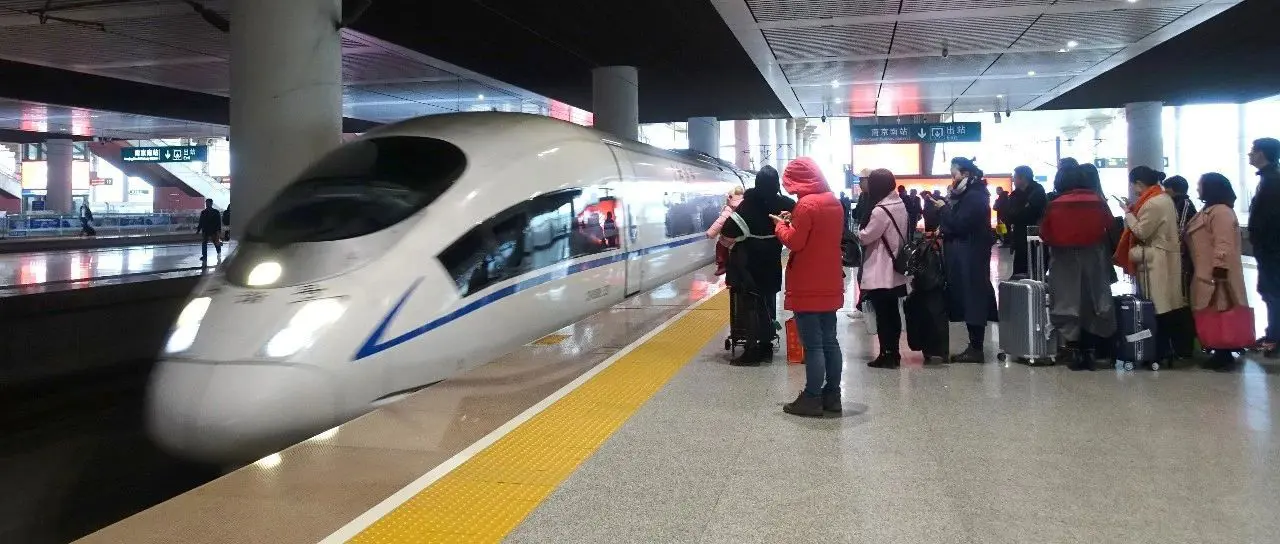Attention, workers! Significant changes are coming to train ticket reimbursement.

Train ticket reimbursement will become simpler, as workers no longer need to queue up for paper tickets but can simply download electronic invoices. On a certain date, the State Taxation Administration, the Ministry of Finance, and the China State Railway Group announced the "Announcement on Promoting the Use of Fully Digitalized Electronic Invoices in Railway Passenger Transport" (hereinafter referred to as the "Announcement"), stating that from a specified date, the use of fully digitalized electronic invoices (i.e., railway electronic tickets) will be promoted in the field of railway passenger transport. After the end of the journey or payment of refund or change fees, passengers can obtain railway electronic tickets through the railway for reimbursement purposes.
This means that for travelers, in the future, they will no longer need to print the "Railway Ticket Paper Receipt for Reimbursement" at train stations, ticket agencies, or self-service machines. They can directly obtain the railway electronic ticket online. Since it can be downloaded and printed multiple times, it also avoids the situation of lost or damaged invoices. Overall, reimbursement will become more convenient.
The relevant official from the State Taxation Administration stated that to ensure a smooth transition, passengers can still use railway tickets (paper reimbursement vouchers) issued through the railway ticket sales and reservation system with a travel date before the specified month and year for reimbursement purposes. This means that until the end of next month, passengers can still use paper ticket vouchers for reimbursement, but after that, the era of electronic invoices for reimbursement will fully commence, and paper railway ticket reimbursement vouchers will become a thing of the past.
The inclusion of domestic passenger transportation services in the scope of VAT deduction by the state this year, such as the railway passenger transportation input tax amount calculated as the ticket face value (+%)%, is intended to alleviate the burden on enterprises. As a result, before this, when employees provided paper reimbursement vouchers for train tickets to the company's financial personnel, the financial department also needed to perform a series of operations to declare tax deductions. With the advent of the era of railway electronic ticket reimbursement, financial personnel can now conduct paperless reimbursement, accounting, archiving, and storage based on railway electronic tickets, promoting the digital transformation of related businesses and the shift to "online processing."
Railway electronic tickets, as VAT deduction certificates, allow financial personnel of organizations to log in to the electronic invoice service platform, query the corresponding VAT amount of the electronic invoice, and select for deduction in accordance with regulations, eliminating the need for conversion calculations based on the total price, thereby reducing workload and lowering enterprise management costs. Additionally, with the significant reduction in the use of railway tickets (paper reimbursement vouchers), the costs for railway transportation enterprises in printing tickets and maintaining terminal self-service machines will also be substantially reduced.
Compared to the original invoicing method, fully digitalized electronic invoices feature a "one-stop" invoicing service, which will greatly facilitate travelers and organizations. Organizations can use them to integrate with accounting and financial management information systems, reducing the cumbersome processes associated with paper invoice management and enhancing overall management efficiency, according to Li Xuhong, Vice President and Professor at the Beijing National Accounting Institute.
The relevant official from the Department of Tax Administration and Technological Development of the State Taxation Administration introduced that the tax authorities will collaborate with the China State Railway Group to plan and produce a series of guidance products, making it easier for passengers to understand the process of issuing electronic invoices (railway electronic tickets). They will also organize and carry out relevant guidance work to make the invoicing process simpler for passengers and provide a better experience.

